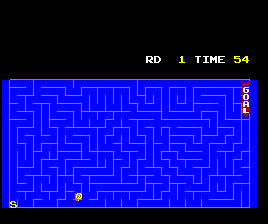Fact 1: the Japanese version of the Master System had an add on that provided FM synthesis sound synthesis, and greatly improved its music. Many US-released games have support for the add-on, but it was never released over here so that feature remained unused.
Fact 2: A later revision of the hardware in Japan (there called the Master System) had the FM chip built in. This version could even mix together the system’s default sound with the FM chip. And, if you turned the system on without a game inserted, it played a special version of the Space Harrier theme, programmed to take advantage of both chips.
This is that:



